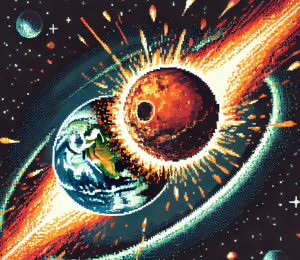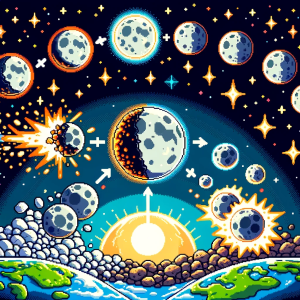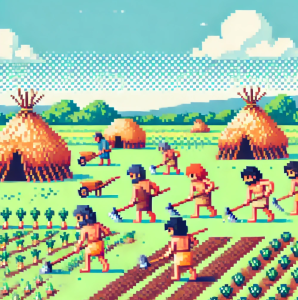
When Rocks Rewrite History: The Altyn Orogen Mystery
Hold on to your hiking boots—scientists just found evidence that could rewrite the geological history of the Tibetan Plateau! The Altyn Orogen, a mountain range stretching over 400 kilometers, was thought to be built on ancient, stable Precambrian rocks.
But recent discoveries are shaking things up—turns out, the South Margin of Central Altyn (SMCA) might not be as ancient as we thought. Instead, it could be the scarred remains of a dramatic subduction-collision event that happened hundreds of millions of years ago!
What’s the Big Deal About Old Rocks Anyway?
Okay, so rocks don’t usually scream excitement, but in the world of geology, they are like time capsules. Each layer, each mineral, holds clues about Earth’s wild past—like detective stories written in stone. The SMCA, for example, was long thought to be a calm, quiet chapter from the Precambrian era. But new evidence suggests it was more of a thriller, full of tectonic plate drama, volcanic activity, and the heat and pressure of massive geological forces.
The Moment That Changed Everything
Imagine this: Researchers are examining zircon crystals (tiny timekeepers inside rocks) from the SMCA. Zircons, like tree rings, can tell us the age of the rocks they inhabit. But instead of showing their expected ancient age, these zircons revealed a surprise—they were much younger, dating back to the Silurian-Devonian periods (around 430 to 377 million years ago). The rocks weren’t as old as the Precambrian—they were the remnants of a much more recent geological upheaval!
A Geological Plot Twist: The Subduction-Collision Zone
This revelation led researchers down a new path. They discovered that the SMCA wasn’t just a patch of old crust but a Paleozoic subduction-collision zone. Imagine two massive tectonic plates—chunks of Earth’s crust—slamming into each other like continental bumper cars. This collision forced rocks deep into the Earth’s mantle, subjected them to extreme heat and pressure, and eventually brought them back to the surface, transformed. The SMCA rocks had gone through this intense journey, recording not one, but three distinct metamorphic events over millions of years.
Why Should You Care?
You might be wondering, “Cool story, but why does it matter?” Well, this discovery isn’t just about rocks. It changes how scientists understand the tectonic evolution of the Tibetan Plateau. It might even affect how we predict geological hazards, find natural resources, and understand the history of life on Earth. These rocks tell a story of ancient oceans closing, continents crashing together, and mountains rising—basically, the epic drama of our planet’s formation.
What’s Next?
Scientists are now comparing the SMCA’s geological fingerprints with those of other regions, like the North Qaidam and Dunhuang orogens. These areas also show signs of similar geological events. By piecing together these clues, researchers hope to build a bigger picture of the tectonic forces that shaped not just the Altyn Orogen but perhaps much of Asia as we know it.
Let’s Explore Together!
What do you think about rocks having such epic stories? Could discoveries like this change how we prepare for natural disasters? Share your thoughts in the comments, and let’s keep exploring Earth’s secrets together!
- What’s the coolest science fact you’ve learned recently?
- How do you see this discovery affecting our understanding of Earth’s history?
- If rocks could talk, what stories would they tell?
Stay curious, and remember—sometimes the ground beneath our feet has the wildest stories to tell!



